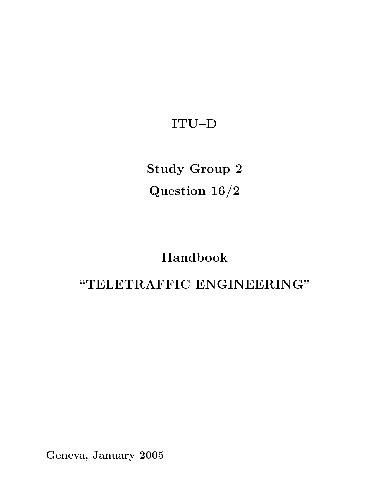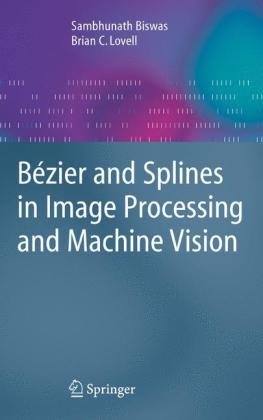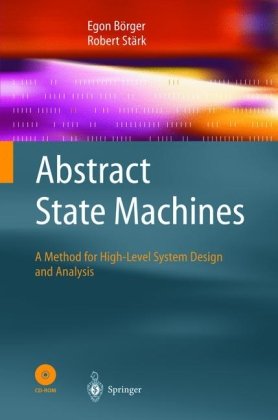Table of contents :
Notation……Page 5
Table of contents……Page 7
Introduction to Teletraffic Engineering……Page 15
Modelling of telecommunication systems……Page 16
Statistical properties of traffic……Page 17
Conventional telephone systems……Page 19
System structure……Page 20
User behaviour……Page 21
Operation strategy……Page 22
The telephone network……Page 23
Data networks……Page 25
Local Area Networks (LAN)……Page 26
Cellular systems……Page 27
Traffic engineering in the ITU……Page 30
Traffic demand characterisation……Page 31
Grade of Service objectives……Page 37
Traffic controls and dimensioning……Page 42
Performance monitoring……Page 49
Other recommendations……Page 50
Work program for the Study Period 2001–2004……Page 51
Conclusions……Page 52
Concept of traffic and traffic unit [erlang]……Page 53
Traffic variations and the concept busy hour……Page 56
The blocking concept……Page 59
Traffic generation and subscribers reaction……Page 62
Introduction to Grade-of-Service = GoS……Page 69
Comparison of GoS and QoS……Page 70
Network performance……Page 71
Reference configurations……Page 72
Distribution functions……Page 75
Characterisation of distributions……Page 76
Residual lifetime……Page 78
Load from holding times of duration less than x……Page 81
Forward recurrence time……Page 82
Distribution of the j’th largest of k random variables……Page 83
Random variables in series……Page 84
Random variables in parallel……Page 85
Stochastic sum……Page 86
Exponential distribution……Page 89
Minimum of k exponentially distributed random variables……Page 91
Steep distributions……Page 92
Flat distributions……Page 94
Hyper-exponential distribution……Page 95
Cox distributions……Page 96
Decomposition principles……Page 100
Importance of Cox distribution……Page 102
Other time distributions……Page 103
Observations of life-time distribution……Page 104
Description of point processes……Page 107
Basic properties of number representation……Page 109
Basic properties of interval representation……Page 110
Characteristics of point process……Page 111
Independence……Page 112
Little’s theorem……Page 113
Characteristics of the Poisson process……Page 117
Distributions of the Poisson process……Page 118
Exponential distribution……Page 119
Erlang–k distribution……Page 121
Poisson distribution……Page 122
Static derivation of the distributions of the Poisson process……Page 125
Palm’s theorem……Page 126
Generalisation of the stationary Poisson process……Page 129
Interrupted Poisson process (IPP)……Page 131
Introduction……Page 133
State transition diagram……Page 134
Derivation of state probabilities……Page 136
Traffic characteristics of the Poisson distribution……Page 137
Truncated Poisson distribution……Page 138
Traffic characteristics of Erlang’s B-formula……Page 139
Standard procedures for state transition diagrams……Page 142
Recursion formula……Page 146
Evaluation of Erlang’s B-formula……Page 148
Dimensioning with fixed blocking probability……Page 150
Improvement principle (Moe’s principle)……Page 151
Loss systems with full accessibility……Page 155
Introduction……Page 156
Binomial Distribution……Page 157
Equilibrium equations……Page 158
Traffic characteristics of Binomial traffic……Page 160
Engset distribution……Page 162
Traffic characteristics of Engset traffic……Page 163
Recursion formula on n……Page 167
Recursion formula on S……Page 168
Relationships between E, B, and C……Page 169
Pascal Distribution (Negative Binomial)……Page 171
Truncated Pascal distribution……Page 172
Overflow theory……Page 177
Overflow theory……Page 178
State probability of overflow systems……Page 179
Equivalent Random Traffic method……Page 181
Preliminary analysis……Page 182
Numerical aspects……Page 183
Parcel blocking probabilities……Page 184
Fredericks & Hayward’s method……Page 186
Traffic splitting……Page 187
Sanders’ method……Page 189
Berkeley’s method……Page 190
Interrupted Poisson Process……Page 191
Cox–2 arrival process……Page 192
Multi-dimensional Erlang-B formula……Page 195
Reversible Markov processes……Page 199
Generalised traffic processes……Page 201
Multi-slot traffic……Page 202
Convolution Algorithm for loss systems……Page 206
The algorithm……Page 207
Other algorithms……Page 213
Traffic matrices……Page 219
Kruithof’s double factor method……Page 220
Fix-point method……Page 223
Load control and service protection……Page 224
Trunk reservation……Page 225
Moe’s principle……Page 226
Balancing marginal costs……Page 227
Optimum carried traffic……Page 228
Erlang’s delay system M/M/n……Page 231
Erlang’s C-formula……Page 233
Numerical evaluation……Page 234
Mean queue lengths……Page 235
Mean waiting times……Page 237
Moe’s principle for delay systems……Page 239
Waiting time distribution for M/M/n, FCFS……Page 241
Response time with a single server……Page 243
Palm’s machine repair model……Page 244
Terminal systems……Page 245
State probabilities — single server……Page 246
Terminal states and traffic characteristics……Page 249
Machine–repair model with n servers……Page 252
Optimising the machine-repair model……Page 254
Description of traffic and structure……Page 259
Queueing strategy: disciplines and organisation……Page 260
Priority of customers……Page 262
General results in the queueing theory……Page 263
Derivation of Pollaczek-Khintchine’s formula……Page 264
Busy period for M/G/1……Page 265
Waiting time for M/G/1……Page 266
Priority queueing systems: M/G/1……Page 267
Combination of several classes of customers……Page 268
Work conserving queueing disciplines……Page 269
Non-preemptive queueing discipline……Page 271
SJF-queueing discipline……Page 273
M/M/n with non-preemptive priority……Page 276
Preemptive-resume queueing discipline……Page 277
Historical remarks on M/D/n……Page 278
State probabilities of M/D/1……Page 279
Mean waiting times and busy period of M/D/1……Page 280
Waiting time distribution: M/D/1, FCFS……Page 281
Waiting time distribution: M/D/n, FCFS……Page 283
Erlang-k arrival process: Ek/D/r……Page 284
Finite queue system: M/D/1/k……Page 285
Single server queueing system: GI/G/1……Page 286
General results……Page 287
State probabilities: GI/M/1……Page 288
Characteristics of GI/M/1……Page 289
Waiting time distribution: GI/M/1, FCFS……Page 290
Round Robin and Processor-Sharing……Page 291
Introduction to queueing networks……Page 293
Symmetric queueing systems……Page 294
Jackson’s theorem……Page 296
Single chain queueing networks……Page 299
Convolution algorithm for a closed queueing network……Page 300
The MVA–algorithm……Page 304
BCMP queueing networks……Page 307
M/M/1 single server queueing system……Page 308
Convolution algorithm……Page 311
Other algorithms for queueing networks……Page 314
Optimal capacity allocation……Page 315
Traffic measurements……Page 319
Continuous measurements……Page 320
Discrete measurements……Page 321
Theory of sampling……Page 322
Continuous measurements in an unlimited period……Page 324
Scanning method in an unlimited time period……Page 327
Numerical example……Page 330
Bibliography……Page 335
Author index……Page 343
Subject index……Page 345
Teletraffic Engineering. Handbook
Free Download
Be the first to review “Teletraffic Engineering. Handbook” Cancel reply
You must be logged in to post a review.
Related products
- Technique
Тезисы докладов научно-технической конференции ФГУП ”РНИИ КП”, 26-29 мая 2003 г.: Тез. докл
Free Download







Reviews
There are no reviews yet.